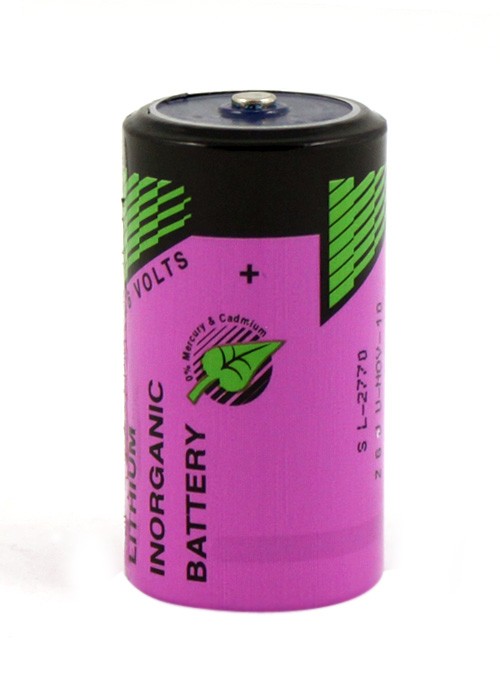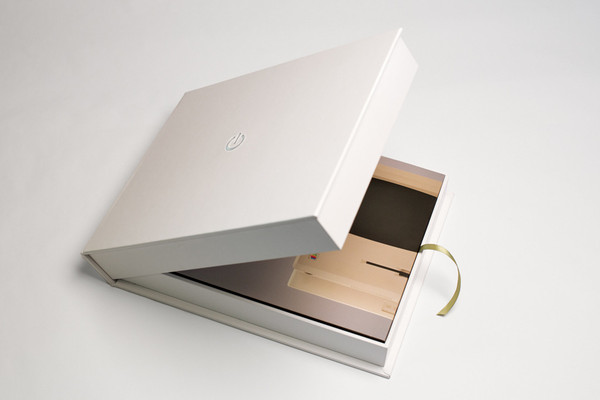I just saw an ad for a Tadiran battery that claims a 40-year life. This is for a primary battery, not a rechargeable. That is based on the 1% per year self-discharge rate. So the math is pretty basic— 40 years at 1% per year and that is more than 50% charge remaining to do your bidding. Now the ad, being marketing and all, does not say if its 1% of rated capacity per year, or 1% of remaining capacity per year. You should have plenty of charge left if you figure your power budget with a factor of two over rating to allow for that self-discharge.

Tadiran’s previous lifetime champ was also (Li/SOCl2 ) cells. They would claim 15-year lifespans for those. SAFT makes lithium thionyl chloride cells too. I assume Tadiran have made further improvements to get to such a low self-discharge rate for this line, which they call lithium inorganic. But I note the Tadiran ad has the words “…in certain applications.” You see, they can’t tell where or how you use the batteries. If you leave flux all over the board so that there are leakage paths, you won’t get the 40 year life. If you run them at hot or cold temperatures, you won’t get the 40 year life. If you take out the current in high pulses instead of a gentle steady current, you won’t get the 40-year life. It is not Tadiran’s fault. They have to give you the optimum spec— that is for a battery with no leakage paths other than its own case. And measured in a comfortable temperature in a dry environment.
When I was at EDN I wrote about the 15-year batteries. An alert reader notified me of a scandal in Houston Texas since the gas meters needed new batteries much sooner than expected. Once again, it was not the battery maker’s fault. Houston Texas is extremely humid, almost tropical. The batteries in the meters were exposed to this humidly and high temperature and their life was much shorter.
I designed the power system for an automotive diagnostic tool when I consulted at HP. I thought I had all the battery quiescent currents figured out in a neat little spreadsheet. Then I prototyped the design. The leakage current was much higher than my spreadsheet showed. Turns out that battery voltage was flowing through the body diode of a back-to-back FET and then into a gate pull-down resistor. I used a 1meg resistor, but 12 volts into 1 MΩ resistor is still 12μA. That is way more than the 200nA memory retention current of an AVR XMEGA in shutdown, so don’t let some power supply leakage path screw up your battery life calculations like I did.
In 2007 I did a follow-on post about smart meter batteries. The broken first link in it is the EDN article I linked above. So just remember, it is your job, not Tadiran’s, to insure that the battery life is what you expect in a smart meter. Tadiran can give you the battery, and Atmel can give you the MCU and smart meter ICs, but you have to verify the leakage and current consumption in your exact application, running your exact code, with your exact manufacturing methods. My buddy Eric Schlaepfer, now at Google, was over at Maxim when some customer contacted him and called Maxim liars since the customer was getting much greater power consumption on one of Maxim’s micro-amp supervisor chips. It turns out the customer was letting the PCB get contaminated with sweaty conductive fingerprints in assembly. The leakage current through those fingerprints on the PCB was passing way more current than the integrated circuit.
So brush up on the Keithley low-level measurement handbook (pdf), so you can measure those nanoamperes. And be sure to test your system in temperature and humidity chambers that simulate the real world. And then take measurements in the field to validate all your assumptions. Then and only then will you get 40-year battery life in your products.






